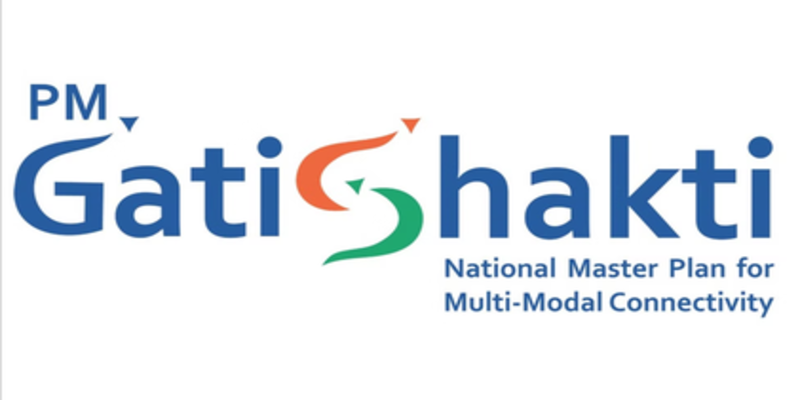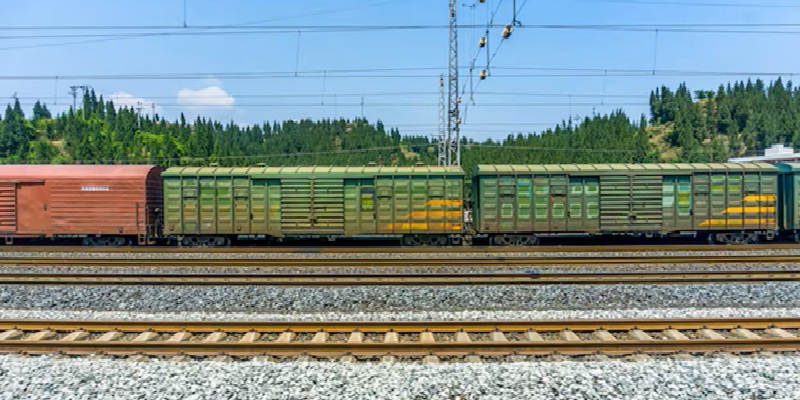Schedule a Call Back
Capturing the current status of the PM Gati Shakti scheme
 Industry News
Industry News- Dec 12,23

Related Stories

Texmaco Rail Secures Rs 1.32 billion BLSS Wagon Order from TTRL
Texmaco Rail & Engineering Limited has secured an order worth Rs 1.32 billion, excluding taxes, from Touax Texmaco Railcar Leasing Private Limited (TTRL) for the supply of a rake comprising BLSS and..
Read more
Alstom Marks 10 Years of MELPL and India’s Most Powerful Freight Locos
Alstom today celebrated 10 successful years of Madhepura Electric Locomotive Private Limited (MELPL), its partnership with Indian Railways dedicated to building India’s most powerful electric frei..
Read more
Hind Rectifiers Begins In-house Copper Conductor Production at Sinnar Plant
This initiative strengthens the company’s operations through cost optimisation, improved profit margins, and long-term business sustainability.
Read more














